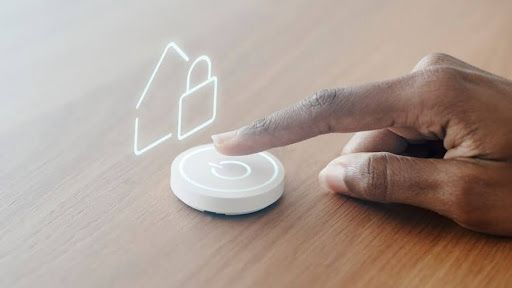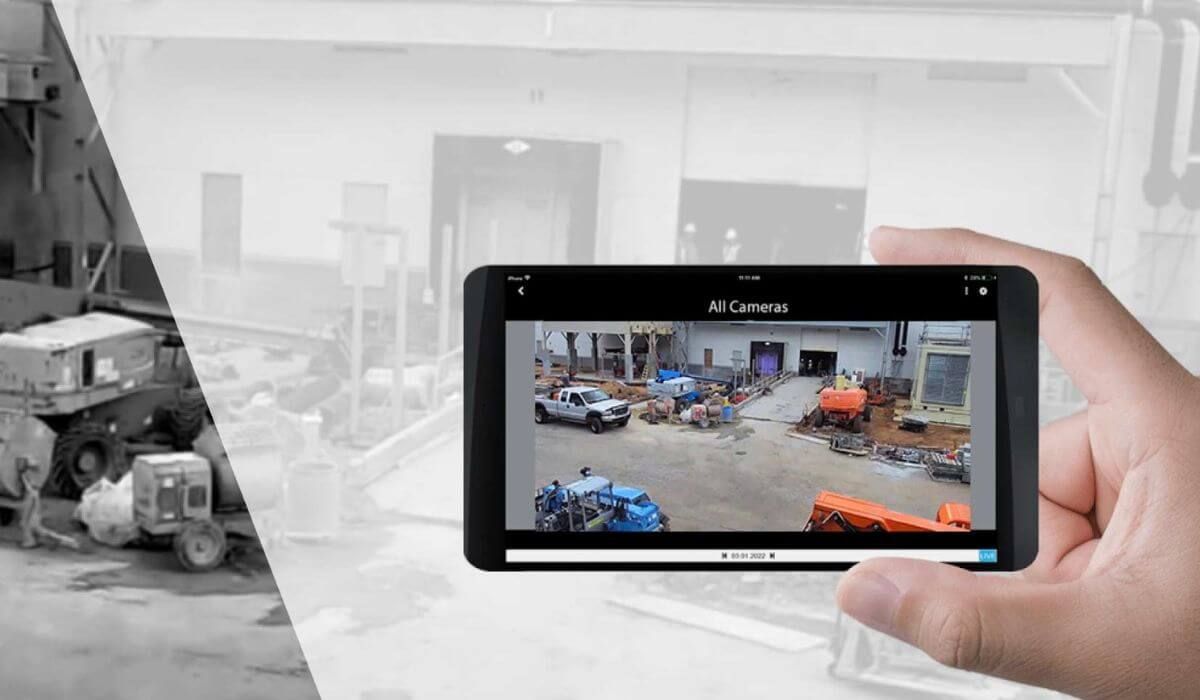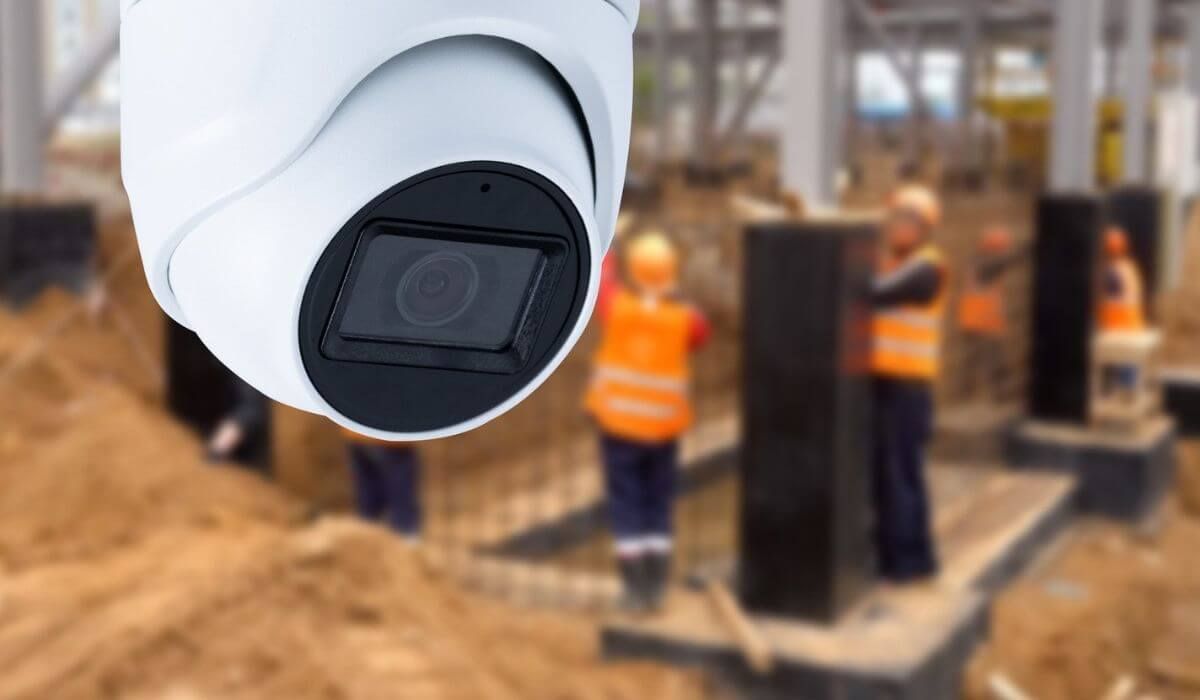Optimize Your Safety: Using Home Security Data Effectively
Home security has evolved beyond simple locks and alarms. In today’s digital age, home security systems generate valuable data that, when used effectively, can significantly enhance your safety and peace of mind. By understanding and analyzing this information, Sydney homeowners can customize their security systems, anticipate risks, and improve emergency responses.
Understanding the Importance of Home Security Data
What is Home Security Data?
Home security data encompasses all information collected by your security systems, including surveillance footage, alarm triggers, and sensor activity. This data helps homeowners:
- Monitor unusual activities.
- Detect patterns of behavior around the property.
- Identify potential vulnerabilities in their home security setup.
By analyzing this information, you gain actionable insights to enhance your safety.
Benefits of Analyzing Security Data
The analysis of security data offers numerous advantages:
- Improved Safety: Recognize and mitigate risks before they escalate.
- Customized Security Measures: Tailor your system’s settings based on data insights, ensuring maximum protection.
- Proactive Problem-Solving: Spot trends like frequent false alarms or motion activity in specific areas, addressing issues quickly.
Key Sources of Home Security Data
Surveillance Cameras and Recorded Footage
Cameras are one of the most significant sources of security data. They capture:
- Real-Time Activity: Monitor live footage to spot intruders or suspicious behavior.
- Video Analytics: Modern systems use AI to identify patterns, such as recognizing familiar faces or differentiating between animals and people.
In
Sydney neighborhoods, surveillance cameras are particularly effective in deterring break-ins and providing evidence for local authorities when needed.
Sensors and Alarms: Gathering Critical Data
Sensors play a vital role in collecting home security data, including:
- Entry Sensors: Track door and window openings, alerting you to unauthorized access.
- Motion Detectors: Monitor movement inside and outside your property, even in low-light conditions.
These tools provide critical information that allows you to secure specific entry points or vulnerable zones.
Analyzing Home Security Data for Safety Insights
Tools and Techniques for Data Analysis
Modern technology offers powerful tools to help homeowners interpret their security data:
- Data Analytics Software: Platforms that compile and visualize trends, such as areas with high motion activity or frequent sensor triggers.
- Pattern Recognition: AI-powered systems can detect anomalies, alerting you to potential security breaches.
Case Studies: Success Stories of Data-Driven Safety Improvements
Consider this example: A Sydney homeowner noticed frequent motion detections near a side gate during odd hours. By reviewing security data, they identified an issue with their fencing and upgraded their setup to include a motion-sensitive floodlight. The result? No more incidents, improved security, and peace of mind.
Such real-life examples demonstrate how security data can help homeowners preempt threats and make informed decisions.
Practical Tips for Using Home Security Data
Customizing Your Home Security Setup Based on Data
Using data insights, you can fine-tune your system for maximum effectiveness:
- Adjust Camera Angles: Review footage to identify blind spots and reposition cameras accordingly.
- Optimize Sensor Placement: Position motion detectors and entry sensors in areas with high activity or vulnerability.
Enhancing Emergency Response with Data Insights
Security data can also improve your response during emergencies:
- Faster Reaction Times: Notifications from systems with real-time updates help you act immediately.
- Better Coordination with Authorities: Clear data and footage can assist Sydney’s local police in investigations or rapid response scenarios.
Conclusion
Home security data is more than just numbers or alerts—it’s a powerful tool to help you safeguard your family and property. By understanding, analyzing, and acting on this data, Sydney homeowners can enhance their safety, respond to risks more effectively, and optimize their security systems.
Ready to take your home safety to the next level?
Contact
Scavi Sydney today to learn more about managing and optimizing your home security system using data-driven insights. Protect your home smarter and more efficiently with our expert guidance—because your safety deserves the best!
FAQs About Using Home Security Data
What types of data can home security systems collect?
Security systems collect a range of data, including video footage, motion alerts, door and window entry logs, and environmental readings like smoke or carbon monoxide levels.
How can homeowners access and review their security data?
Most modern systems offer access through mobile apps or online dashboards, allowing homeowners to review historical data, analyze trends, and adjust settings.
What are the best tools for analyzing home security data?
AI-powered analytics platforms, cloud storage solutions for video review, and integrated
smart home systems are effective tools for analyzing security data.
How often should security data be reviewed to ensure optimal safety?
It’s recommended to review your security data weekly and after any incidents or anomalies to maintain a proactive approach to safety.




